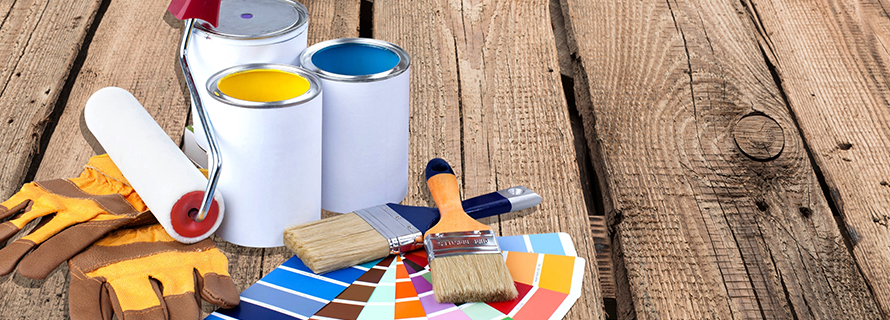
Ever wind up with leftover paint to dispose of, because you bought too much in the first place? You can ask your paint retailer for help in determining how much you need, but you should arrive armed with some key information. Here are five steps for making sure you don’t overbuy paint:
-
Calculate square footage: Multiply each wall’s width by its height to get its square footage, and then add up all the walls’ square footages to get a total. Measure any windows, doors, or other breaks the same way, and subtract that figure from the original to get your final figure.
-
Divide by the coverage rate: Check the label on the paint can for its coverage rate. If you don’t know it, use 350 square feet/gallon. Divide your final figure from above by the coverage rate to get the number of gallons you’ll need. For example, if you need to cover 400 square feet of wall with a paint that covers at 350 square feet/gallon, then 400/350 = 1.14 gallons of paint needed.
-
Consider the color change: If the new paint color is similar to what you’re covering up, you’ll need one or two coats. If you’re going from a very dark color to a very light color or vice versa, you may need three or four.
-
Consider the surface: Textured walls require more paint. The bumpiness increases the surface area. The greater the texture, the more paint you need—up to 50 percent more for very rough textures. Also keep in mind that new, unprimed walls are absorbent and require more paint.
-
Consider primer/finish: Ask your retailer to tint primer so its color is closer to the final one. This will reduce the number of coats you’ll need. Also note that flat paints have a higher coverage rate. A job that takes two coats of flat paint can take three coats of semi-gloss or glossy.



